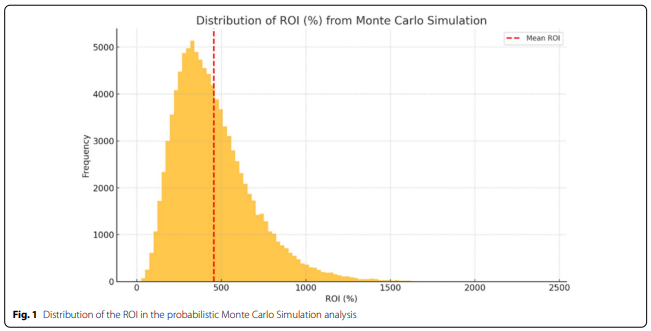First study to demonstrate cost-effectiveness of emergency healthcare training confirms 478% return on investment

EU-funded C19_SPACE programme shows rapid return and large-scale impact on ICU preparedness
A new study published in Intensive Care Medicine by Claudia Ebm et al. provides the first robust evidence that large-scale emergency training programmes for healthcare workers are not only clinically essential, but also highly cost-effective.
The study evaluated the C19_SPACE programme, an EU-funded initiative led by the European Society of Intensive Care Medicine (ESICM) to rapidly upskill over 17,000 non-ICU doctors and nurses across 24 countries between the first and second wave of COVID-19.
Delivered in record time, the programme used innovative technologies, including immersive 3D virtual reality, to train staff in critical care skills. It is estimated to have enabled the safe activation of over 2,500 additional ICU beds, significantly boosting capacity across European hospitals during the peak of the crisis.
“This is the first study to demonstrate that educational training in times of crisis is not just necessary—it’s a high-yield investment,” said Prof. Maurizio Cecconi, Director of the C19_SPACE programme at the time of implementation. “The results show a return on investment of 478%, with programme costs recovered in just five days. That is a game-changer for future preparedness planning.”
The programme, funded for €2.4 million by the European Commission in 2020 during the first months of the COVID19 Pandemic, leveraged a scalable digital infrastructure and localized training delivery to generate rapid, system-wide impact. Even in conservative modelling scenarios, the programme remained economically viable and operationally impactful.
Prof. Jan De Waele, current ESICM President, added: “This work confirms the essential role of strategic training in building healthcare system resilience. C19_SPACE is a model of what the EU can achieve when urgency meets innovation.”
The authors suggest that the results should guide policymakers in embedding structured education and workforce training as core components of crisis preparedness—on par with infrastructure and equipment planning.
Read the full study here!